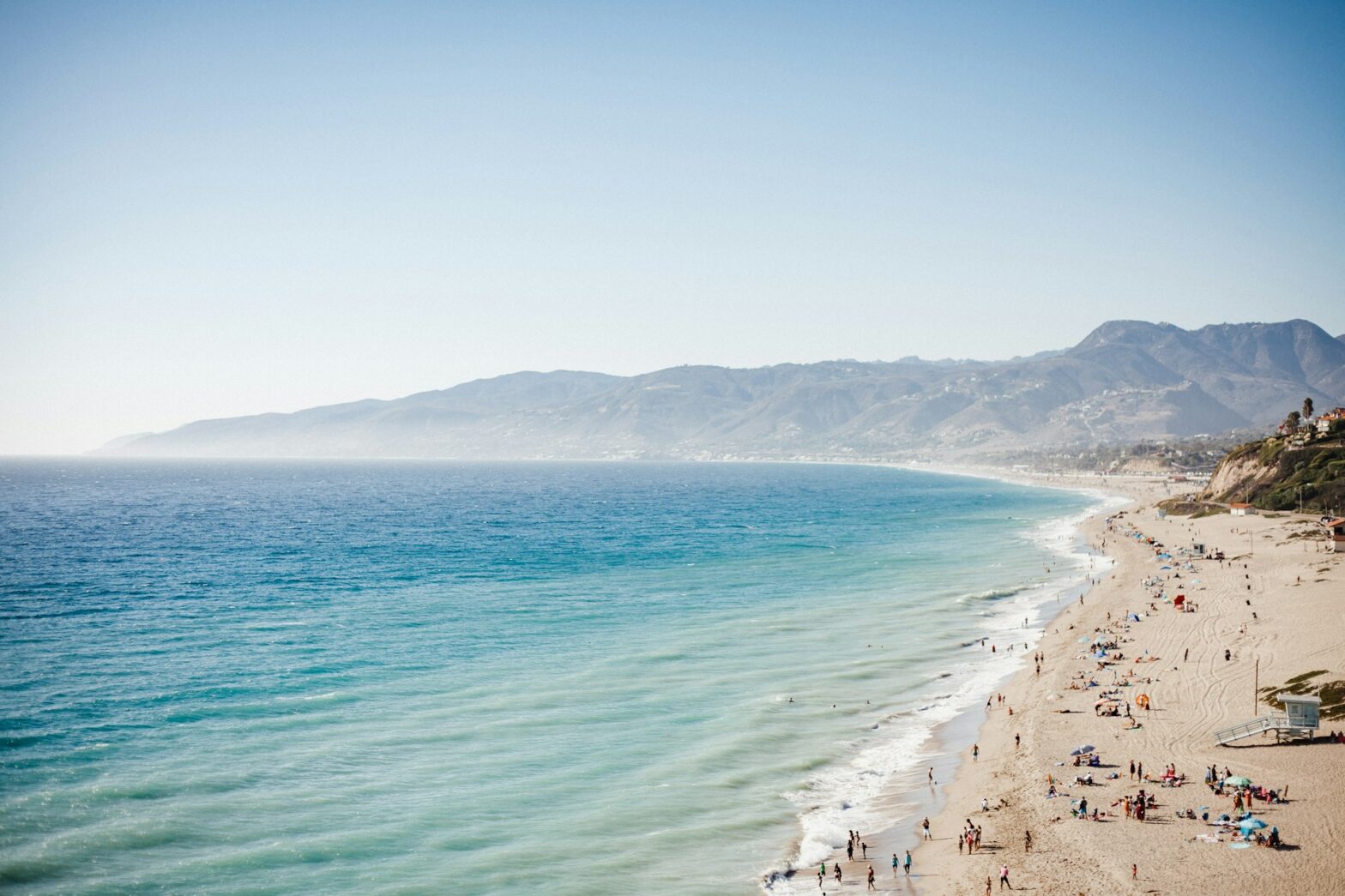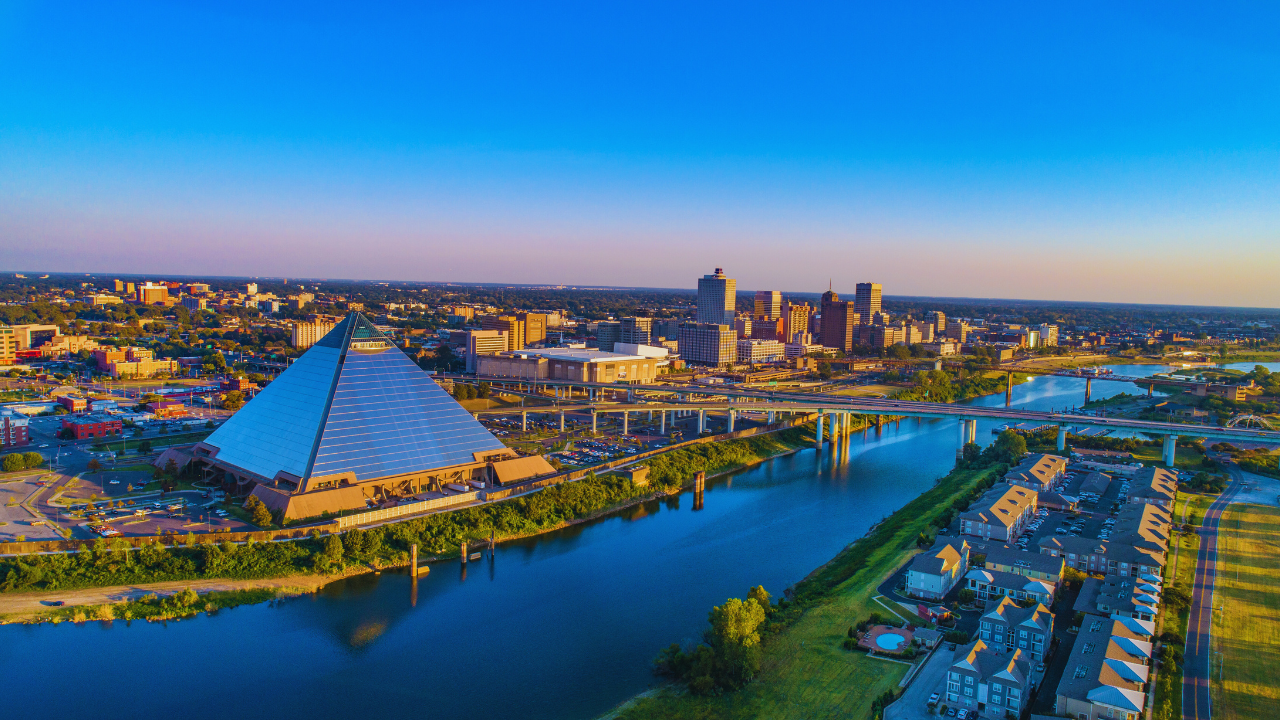One of this planet’s many beautiful blessings is its beaches. These naturally-occurring bodies of water create serene atmospheres that can feel like an escape. Unfortunately, not all beaches make the perfect vacation spot. Not just for natural reasons like dangerous marine life or conditions, but because of the condition they are in. That is why many programs are enacted around the world. To ensure the quality of that country’s beaches for not only the wildlife, but also for its people.
Some programs even honor beaches for their pristine conditions, like the Foundation for Environmental Education (FEE) and its Blue Flag Program. The program is an international eco-label for beaches and marinas. It awards beaches that meet specific criteria with its coveted Blue Flag. You know a beach will be nice if it has been given this title. But, unfortunately, there are not many Blue Flag beaches in the USA. However, there is a reason for this.
What Is the Blue Flag Program?
FEE is an international non-profit organization that operates various environmental education programs worldwide. Its mission is to promote sustainable development through environmental education and awareness. It works towards changing attitudes and behavior to ensure a more sustainable future. FEE was established in 1981 in Denmark. It has since become a global organization with member countries around the world.
The Blue Flag Program is one of FEE’s flagship initiatives aimed at promoting sustainable management of beaches and marinas worldwide. The Blue Flag is an internationally recognized eco-label. Its presence signifies that a beach or marina has met high standards of environmental responsibility and quality. Blue Flag certification is typically granted on an annual basis and sites must undergo regular assessments to maintain their status.
Why There Are Very Few Blue Flag Beaches in the USA?
Most of the countries in the world that participate in the Blue Flag Program are European. This being true makes it no surprise that Spain, a highly popular European tourist destination, has the most Blue Flag beaches in the world. Other participating countries include those in Central America, Canada, a couple in Asia and the Middle East, the Caribbean and more. A map of all of the Blue Flag accredited beaches shows most of the biggest western nations having several. Except the United States, as it only has two.
There are only two Blue Flag beaches in the USA because the country did not begin participating in the program until very recently. The American Shore and Beach Preservation Association began working with FEE on establishing the Blue Flag US program in 2019.
According to Blue Flag USA, “We signed a Memorandum of Understanding with the Foundation of Environmental Education (FEE) and the National Wildlife Federation, the United States’ associate member to FEE, in May 2020 and received affiliate membership status with FEE in July 2020.”
Blue Flag USA did not begin submitting beaches for Blue Flag status until 2021.
Blue Flag Beaches in the USA
Now, there have only been two beaches that have met the criteria to be considered Blue Flag beaches in the USA. These beaches include Westward Beach in Malibu, California and Delray Municipal Beach in Southern Florida. Both beaches received their Blue Flag status in May of 2023 for the 2023/2024 season. The Blue Flag flew over Westward Beach between May 25 and Sept. 30 2023. As for Delray Municipal Beach, the Blue Flag will fly over it between May 19, 2023 through April 30, 2024.
Criteria for Blue Flag Certification
Beaches and marinas that seek the Blue Flag designation must meet stringent criteria related to water quality, environmental management, safety and services. In addition to environmental criteria, the Blue Flag Program includes an educational component. It aims to raise awareness about environmental issues and encourage sustainable practices among beachgoers and the local community.
33 criteria in four different categories have to be met to receive blue beach status in the USA. There are extensive details into what all these criteria are. But the categories include water quality, environmental management, safety, and services like environmental education and information.
Here is a little more specific information on the four categories. In terms of water quality, regular water sampling is conducted to ensure that the water is safe for swimming. For environmental management, the beach must have measures in place to manage and protect the local environment. This includes waste management, conservation of plant and animal life and efforts to minimize pollution. Environmental education is ensuring information about the beach and its wildlife is available to beachgoers and the general public. This also includes ensuring the public is aware of how to best preserve the beach. For safety precautions and services, the beach must meet certain regulations. This includes safety measures, such as lifeguards, as well as facilities and services for beachgoers, including clean restrooms.
It is not simple to get a Blue Flag certification. But it is so rewarding for travel destinations. It can boost tourism, bring together communities and most importantly for these organizations, help preserve our beaches. Hopefully there will be more blue flag beaches in the USA as the country continues its involvement with the program.





